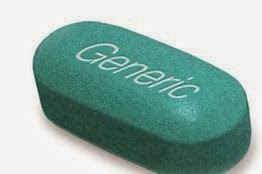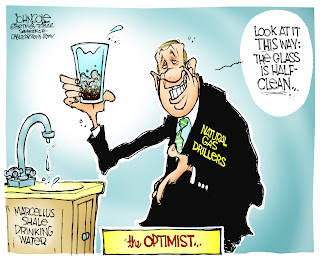Founded in 2006 with the initial
objective of selling solar energy systems outright, SolarCity (SCTY-$55.60) has since embraced the concept of being in
the “energy finance” business. Avoiding utility-scale solar projects dominated
by the likes of a First Solar (FSLR), the company now
aggregates small PV residential rooftop projects into large solar leasing
portfolios that offer predictable, recurring revenue streams either through
power purchase agreements (where customers – residential homeowners – pay a fee
per kWh based on the amount of electricity the solar energy system actually
produces) or by contracted lease agreements (fixed monthly fees).
Third-quarter 2103 gross margins speak to the profit potential afforded this “finance
company’s” business model: gross profit of operating leases to retail customers
(homeowners and small business owners) was $16.3 million, or 66% of lease
revenue; the gross profit margin of PV energy systems sold was $1.1 million, or
5% of sales!
SolarCity is the U.S. leader in rooftop
residential solar installations, with a market share of….
Continue Reading at YCharts: Facts
and Myths Behind SolarCity’s 331% Rise
Editor David J Phillips does not hold a
financial interest in any stocks mentioned in this article. The 10Q Detective
has a Full Disclosure Policy.


























